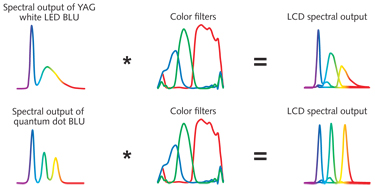

#DOT BY DOT VS WIDE TV#
For non-regulated DOT testing programs, these requirements are best practices.If you are familiar with the latest TV technologies, you have likely come across acronyms like QLED TVs, OLEDs, and even QD-OLEDs. This person must be an employee of the company, and this function cannot be outsourced. The primary job of the DER is to ensure the appropriate and timely removal of an employee from safety-sensitive duties. This person, called the Designated Employer Representative, or DER, is in charge of the company's drug and alcohol testing program.

Each DOT-regulated employer must have a key employee for drug and alcohol program functions. The policy should be distributed to all employees covered under the company’s DOT drug testing program. The DOT testing program requires a written policy, and this policy should explain fully the DOT drug and alcohol testing program.In some states, a drug testing program can allow the employer to receive a 5 percent discount on workers’ compensation insurance programs.Non-DOT testing does not follow 49 CFR Part 40, but employers should be aware of various state laws regarding drug testing in the states in which they operate.It is an option for non-DOT-regulated testing. Alcohol testing is not a requirement of a Non-DOT drug testing program. Alcohol is a requirement of DOT drug and alcohol testing programs.Random drug testing can help provide a safer workplace and is a deterrent to illicit drug use. However, random testing is optional for a non-DOT drug testing program. Random drug testing is required in DOT drug and alcohol testing programs.Non-DOT testing cutoff levels can be set in state laws or, in some cases, not mentioned - making them an employer option. DOT cutoff levels are set by the Substance Abuse and Mental Health Services Administration (SAMHSA).



 0 kommentar(er)
0 kommentar(er)
